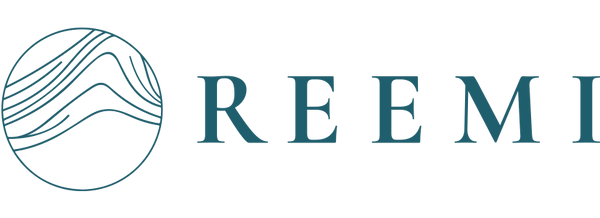
Doubloons & Dollar Bills
Share
Money, money, money. The topic that causes couples to break up, family feuds, awkwardness between friends and people to stop reading emails (please keep reading).
From the start, these newsletters have been as much as possible, an insider’s glimpse into the highs and lows of starting an organisation and making it as GOOD as possible but also just getting it to work (srsly, a lotta moving pieces).
So here’s a little insight into our world of money and how we are approaching it.
Banks.
Let’s start with the most basic thing of them all. Getting a bank account. Sounds really simple right? Take some ID, a proof of address and voilà, you have yourself a virtual piggy bank. Not so fast, sweetie. Apparently, there are a lot of different documents that are required when you are setting up a charitable organisation. We need lawyers, accountants and trustees... Last year, worldwide efforts to curb anti-money laundering, resulted in new legislation and it seems, nobody really knows what to do. With more than 10 trips to the bank and 50+ phone calls, we have finally found someone who can help and are so happy to be getting there!
Generating the Moolah // Income In
A straightforward charity model relies on kind souls to give them dollars to keep them going (shout out to the kind souls in our life, who gave NZ$23,372 in 2018! Thank you!!). But we’ve also been wanting to do something different.
In addition to receiving generous donations, we also want to sell products to women in wealthier countries. This will enable us be sustainable in the long run, as we create another revenue stream - where 100% of profits from these sales go back to empowering women.
Splashing the Cash // Expenses Out
The primary purpose of getting any money, is so that we can spend it on educational programmes & highly subsidised products to women who need them the most.
But to do this, there are a lot of other expenses that need to be covered.
Currently, none of the money given to Reemi covers our wages. Which a lot of people love! It seems like their dollar is well spent. Do we keep it like this and have a separate fund to raise money for our wages and maybe even all operating expenses? Or are we doing ourselves a disservice and saying, “the cost of doing good doesn’t include paying the wages to get it done.” Interesting thought, right?
For example...
Giving a bowl of rice isn’t simply the cost of the rice, it’s also the person giving the bowl of rice, and the transportation cost to deliver the rice, and the lights to keep the building on to do the admin, and at the end of the day, you still need to pay your accountant and lawyer to do the legal stuff right, otherwise you might get in trouble with the tax department and then you can’t even give your bowl of rice in the first place… Phew.! What a mouthful (of rice).
At what point, do we draw the line on what is covered or not?
Transparency
We’re inspired by clothing brand, Everlane’s approach to “radical transparency” that shows the exact cost breakdown of their goods, and charity:water’s GPS coordinates to show the water project that your donation went towards. charity:water can do this, because they have private donors that cover all the other costs of their “rice bowl.” So where should we sit? The problem is that in recent years, disclosure of the amount that goes towards ‘admin,’ have put people off giving to charities because of different expectations or a lack of understanding of the expenses that are needed to cover the rest of the rice bowl. Good questions we need to keep asking and this leads us to the final thread…
We wanna hear from you!
We wrote this little piece as part of our value of transparency. Was this insightful? Do you agree or disagree with us? We wanna hear from you. All comments and feedback are super helpful. Send us an email and yours truly will promise not to hit ‘spam’ when we see your name in our inbox.

